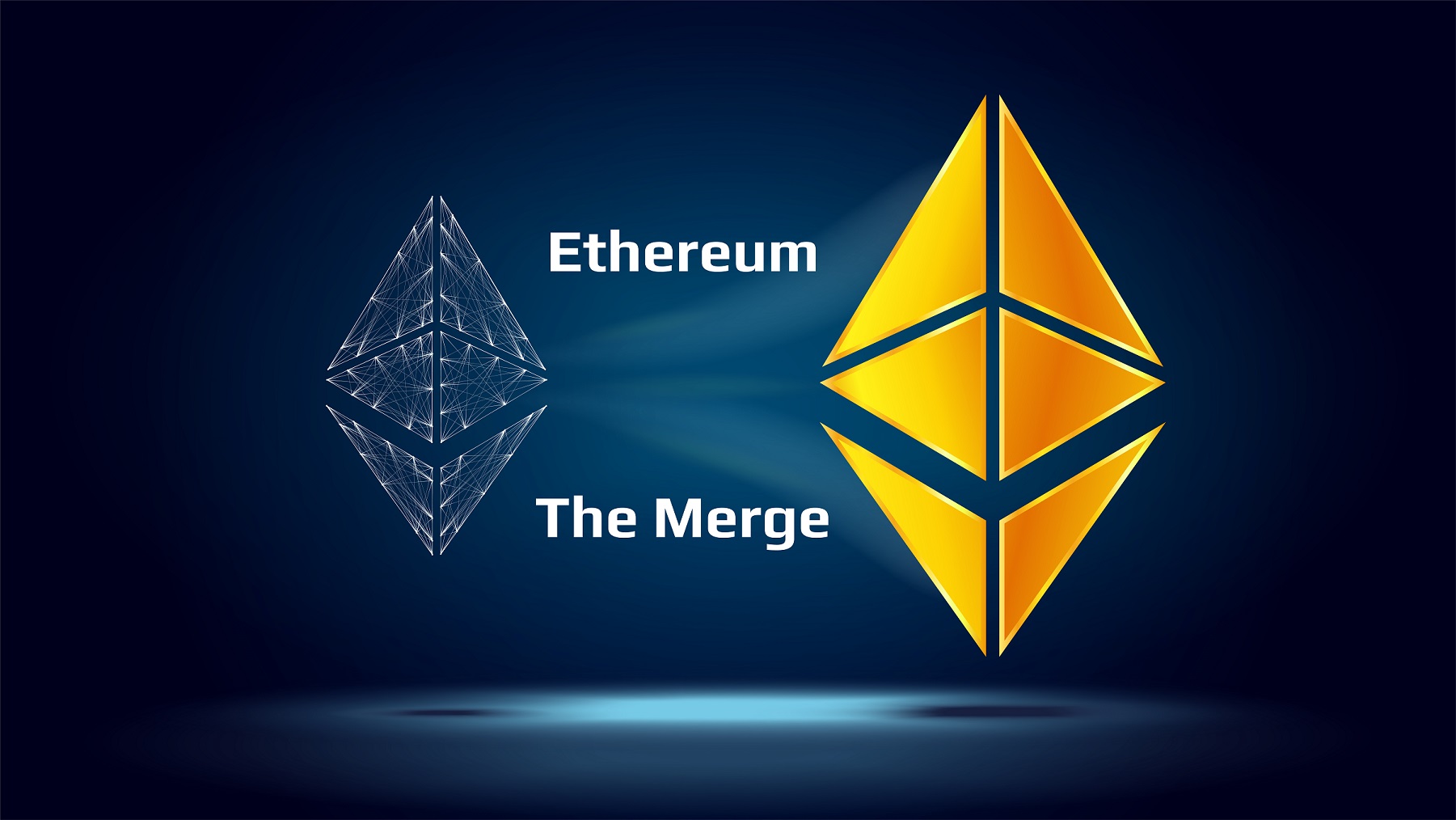
- Blockchain Council
- November 24, 2024
Selecting the best Graphics Processing Unit (GPU) for cryptocurrency mining plays a key role in maximizing efficiency and profits. With both hardware and cryptocurrency markets evolving rapidly, it’s essential to stay updated on trends, hardware specs, and financial aspects.
Cryptocurrency Mining Basics
Mining cryptocurrencies means confirming transactions and saving them onto a blockchain. This process requires solving intricate mathematical tasks, which keeps the network secure while miners receive cryptocurrency rewards. Initially, Central Processing Units (CPUs) handled this task. However, GPUs soon replaced CPUs due to their better ability to process tasks in parallel, offering greater efficiency for mining. If you’re serious about cryptocurrency mining, a Certified Cryptocurrency Expert™ (CCE) certification can deepen your understanding.
Key Factors in Picking a GPU
When selecting a GPU for mining, here are the aspects to keep in mind:
Hash Rate
This measures how well a GPU can solve the required cryptographic problems. It’s expressed in megahashes per second (MH/s). A higher figure means better performance and more rewards.
Energy Use
Electricity costs significantly affect profitability. GPUs that consume a lot of power can cut deeply into potential profits, so balancing power efficiency with performance is necessary.
Upfront Price
The initial cost of the GPU determines how long it takes to recover your investment. High-performance GPUs may deliver superior results, but their steep prices can delay reaching profitability.
Stock Availability
The demand for GPUs from gamers and miners often leads to limited stock, which can drive up prices and make certain models harder to find.
Resale Potential
Some GPUs retain their value better over time. Considering this factor can be useful if you plan to upgrade or exit mining.
Best GPUs for Cryptocurrency Mining
Below are some top-performing GPUs for mining based on current information:
NVIDIA GeForce RTX 4090
- Hash Rate: ~250 MH/s (Ethereum mining)
- Power Use: 450 Watts
- Cost: $1,700–$2,000
- Advantages:
- Outstanding performance with high hash rates
- Equipped with 24 GB of GDDR6X VRAM and 16,384 CUDA cores
- Suited for mining and advanced gaming
- Drawbacks:
- Steep initial cost
- High power use increases operational costs
- Extended time to recover investment
NVIDIA GeForce RTX 3080 Ti
- Hash Rate: ~112 MH/s
- Power Use: 350 Watts
- Cost: Around $1,200
- Advantages:
- Strong performance with robust hash rates
- 12 GB of GDDR6X VRAM and 10,240 CUDA cores
- Dual-purpose for gaming and mining
- Drawbacks:
- High energy consumption
- Higher price could mean a longer time to see returns
NVIDIA GeForce RTX 3090
- Hash Rate: ~120 MH/s
- Power Use: 350 Watts
- Cost: Approximately $1,500
- Advantages:
- Excellent mining performance
- Equipped with 24 GB of GDDR6X VRAM and 10,496 CUDA cores
- Useful for gaming and mining alike
- Drawbacks:
- Significant power requirements increase costs
- Higher upfront price lengthens the time to recover costs
AMD Radeon RX 7900 XTX
- Hash Rate: ~101 MH/s (Ethereum Classic mining)
- Power Use: 290 Watts
- Cost: Around $949
- Advantages:
- Decent performance at a lower power cost
- 16 GB of GDDR6 VRAM for effective gaming and mining
- More affordable than NVIDIA’s top-tier options
- Drawbacks:
- Hash rate is slightly behind NVIDIA’s top performers
- Software support can sometimes lag
AMD Radeon RX 6800 XT
- Hash Rate: ~62 MH/s
- Power Use: 300 Watts
- Cost: About $800
- Advantages:
- Solid performance with decent hash rates
- 16 GB of GDDR6 VRAM for flexible use
- Lower price speeds up the break-even point
- Drawbacks:
- Energy use still affects profitability
- Performance falls behind top-tier models
NVIDIA GeForce RTX 3060 Ti
- Hash Rate: ~60 MH/s
- Power Use: 200 Watts
- Cost: Around $400
- Advantages:
- Budget-friendly option with good performance
- Equipped with 8 GB of GDDR6 VRAM
- Lower power use helps cut costs
- Drawbacks:
- Hash rate is lower than higher-end models
- Several units may be needed to meet desired output
AMD Radeon RX 5700 XT
- Hash Rate: ~54 MH/s
- Power Use: 225 Watts
- Cost: Roughly $400
- Advantages:
- Affordable with respectable performance
- 8 GB of GDDR6 VRAM suitable for mining tasks
- Entry-level pricing allows faster recovery of costs
- Drawbacks:
- Lower hash rate compared to premium models
- Efficiency could be better
NVIDIA GeForce GTX 1660 Super
- Hash Rate: ~30 MH/s
- Power Use: 125 Watts
- Cost: Around $250
- Advantages:
- Great for beginners on a budget
- 6 GB of GDDR6 VRAM for basic mining setups
- Minimal power use helps with operational costs
- Drawbacks:
- Limited output requires several units
- Not ideal for future mining algorithms
Recent Developments
Demand for GPUs in artificial intelligence tasks has risen sharply in 2024, affecting availability and pricing. A notable example is CoreWeave, which shifted from mining to providing cloud services for AI workloads. This shift shows how GPUs are finding broader applications beyond traditional uses.
Recently, the Supreme Court allowed a class-action lawsuit against NVIDIA to move forward. This case highlights questions about how transparent the company was about depending on cryptocurrency mining for its income. It shows why honesty in the industry matters and could shape how companies operate in the future.
Evaluating Profitability
To check if mining will be profitable, consider these steps:
- Estimate Revenue: Use the GPU’s hash rate and current cryptocurrency value to predict earnings.
- Account for Costs: Multiply the GPU’s power usage by local electricity rates to calculate energy expenses.
- Find Net Profit: Subtract costs from revenue to determine daily profit.
- Determine Break-Even: Divide the initial GPU cost by daily profits to see when you’ll recover your investment.
Online tools can simplify these calculations and provide updates in real time.
Environmental Impact
Mining has drawn criticism for its energy usage. Opting for energy-efficient GPUs and adopting renewable energy can reduce environmental harm while improving profitability. Incentives for green energy in some areas may help offset costs.
Legal Regulations
Regulations vary widely by location. For instance, Russia now requires a registry for mining companies and detailed reporting for individuals. Staying updated on local rules is key to avoiding compliance issues.
Tips for Beginners
- Start with one GPU to learn before expanding.
- Join mining pools to boost earning chances.
- Monitor energy costs to keep expenses manageable.
- Keep up with the latest market trends and technologies.
By evaluating your needs and staying informed, you can make smarter decisions and achieve better results from mining. For anyone exploring cryptocurrency trading or mining, becoming a Certified Cryptocurrency Trader™ (CCT) could be a game-changer.
Conclusion
Choosing the right GPU for cryptocurrency mining involves evaluating factors such as hash rate, power consumption, cost, availability, and resale value. By understanding your goals and staying updated, you can make better choices and improve your mining results. Paying attention to these factors will help you run your mining setup more efficiently and boost your earnings.





































































 Guides
Guides News
News Blockchain
Blockchain Cryptocurrency
& Digital Assets
Cryptocurrency
& Digital Assets Web3
Web3 Metaverse & NFTs
Metaverse & NFTs
